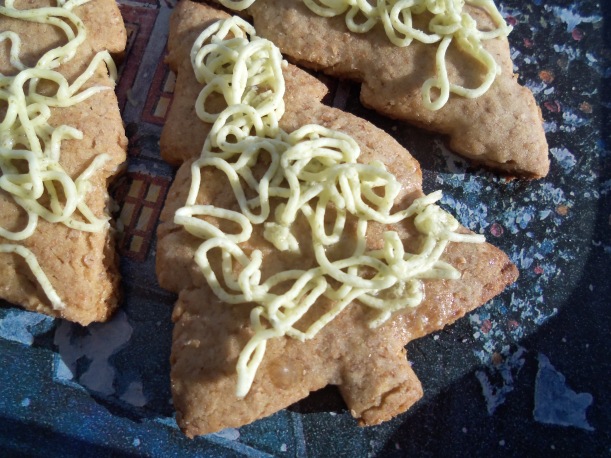In a recent post I gave a recipe for baked squash slices and used purple bread crumbs. Those breadcrumbs were the result of a failed experiment which also turned out to be one of the best breads I ever made. In that post, I promised to explain my source once I figured out to make a bread that was worthy of more than just being crushed into crumbs, even though the squash recipe doesn’t need any special type of bread. It is not a recipe you will necessarily be able or want to make yourselves, but if you are curious about bread making methods, you might appreciate what I learned, namely how to make a good sourdough without any commercial yeast, and about using wild grapes in a sourdough starter.
I should explain that this past summer I came across a title of a recipe using a small amount of fermented wild grape pulp. However, after the title, the rest of the recipe had disappeared, but the idea stayed with me. When I returned from over a week’s trip, I found in the fridge a large container of wild grape juice which had gone horribly bad. So I had to put it to good use!
The other thing that happened at about the same time was I came across a blog on bread making which had, among many others ‘must-tries’, a recipe for Borodinski bread. This is a variety of Russian black bread which I have often tried to recreate, with little success. I have also bought it an any Russian store I have come across in the US or Canada, but it is never quite right. Reading this recipe, I realized I had put yeast in it – and should have been using sourdough. Maybe the Russian shop bakers had done the same thing to make it more like North American bread. So, Borododinski it would be.
I was so unconfident that this bread made of really off juice would be any good, and could not believe that the grape mess would serve as a starter, that it was doomed from the start. Convinced the whole experiment would end up in the bin, I did not give it the attention it deserved. I barely kneaded it, nor did I grease the pan. When I took it out of the oven (and finally managed to extract it from the pan in pieces) I could hardly believe how tasty and authentic it was. So I was inspired to try again. For my second attempt, I added water, doubling the amount of liquid. I wanted to make sure I could make enough bread to last me a while. I also added the coriander, baked it at a cooler temperature, and yes, I greased the pans. And behold!

This is a very dense and moist rye bread, a close relative of pumpernickle. But there is no other bread quite like it. It should be sliced very thin, and if you don’t have caviar, sour cream, or smoked salmon around, you can serve it with cheese. In Russia I toasted it for breakfast and served it buttered with thin slices of tomatoes when they were in season. Still one of my favourite meals.
The quantities are not that important. I am sure I could have made it with less juice and more water, and the amount of flour is determined by the amount of liquid. The time to prepare the starter mixture for me was about a week, but I would leave it at least four days, depending on the temperature of your place. As long as you keep adding ‘feed’ to it, and it is still alive, it is ok.
Sour Dough Grape Rye Borodinski Style
2 cups mixture of water and fermented grape juice
1 Tbsp salt
1 tsp ground coriander
2 Tbsp molasses
rye flour
Add a heaping tablespoon of rye flour every day to the grape juice. Occasionally I added a little warm water to speed up the process, as my kitchen is pretty frigid. After 4-7 days, you should see some small bubbles forming on top of the liquid. Pour it into a bowl and add the salt, coriander and molasses. Add about 1 cup of rye flour, mix well, and cover the bowl with plastic wrap (the fruit flies love it) and let it sit – preferably in a warm place – for another day. Add gradually enough rye flour to make a firm ball. Turn it out onto a clean, floured surface and start to knead, adding a bit of flour at a time until it is not able to absorb any more. At this point, it will not be sticky. Place it in a greased bowl, cover again and leave for a few hours, or if your kitchen is warm, just a couple of hours. Punch it down (it will not have risen much at all), and knead it a few more times. Form it into loaf sizes, and place in well-greased bread tins. Bake at 325 F. until it looks done, about an hour and 15 min. To check for doneness, tap it on the top and it should sound hollow. Remove immediately from pans and place on a rack to cool.
This bread is not fluffy, and doesn’t rise, so I’m not sure if all these wait times are really necessary, but I don’t think they hurt, and it just feels right after my other bread making experience. Also, it is great not to have to do it all at once.

Now that I have made a true sourdough bread, I am inspired to try my hand at other recipes, without the grape for now. The texture and flavour of this have convinced me that I have been making bread wrong all my life.
















